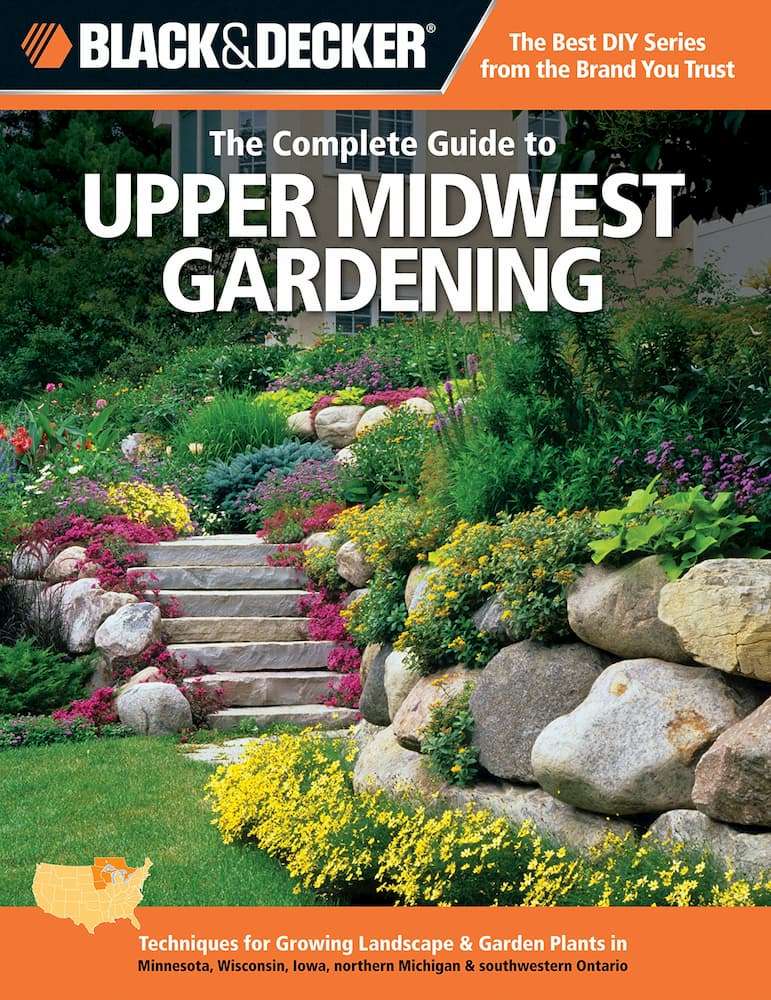
When I read a book I have the habit of highlighting certain passages I find interesting or useful. After I finish the book I’ll type up those passages and put them into a note on my phone. I’ll keep them to comb through every so often so that I remember what that certain book was about. That’s what these are. So if I ever end up lending you a book, these are the sections that I’ve highlighted in that book. Enjoy!
Soils typically have four components – sand, silt, clay, and organic matter
Nitrogen ensures normal vegetative growth and a healthy green color. Deficiencies result in stunted plants with a yellowish green color
The best source of organic matter for gardeners is compost.
The easiest time to add organic matter is before planting a bed. Loosen the soil with a spade or digging fork to a depth of at least 10 – 12 inches – more if possible. Spread a layer of compost or composted manure 2 to 4 inches deep over the entire bed. Use a fork to mix it thoroughly into your soil
To find out what plants were native in your area, check out your state’s Department of Natural Resources website, which often includes a list of native plants or links where you can find them. Your Agricultural Extension office can be helpful as well
Think of your garden as part of an outdoor room and keep the purpose of that room in mind, Use trees and shrubs to provide structure and “walls” and groundcovers and paving materials for the “flooring”. Fill in with showy perennials and annuals and accent the setting with benches, birdbaths, and other adornments.
If your soil is heavy and your garden is near a road that is salted in winter, you will want to look for plants that can tolerate the conditions. It may also be a good idea to stick with herbaceous plants that go dormant in winter rather than shrubs which are more easily damaged.
Avoid using mulches on slopped pathways. It can easily wash away in heavy downpours
For balcony gardening you need to think vertically. Do everything you can to encourage plants to grow upward and downward rather than sideways
Most vegetables and herbs require full sun to do well. Place your garden in a spot that receives at least 6 hours of sunlight a day
Building can also block breezes, hindering wind pollination and increasing the chancer
The following are some interesting heirloom seeds to check out:
- Bean “Kentucky Wonder”
- Cabbage “Early Jersey Wakefield”
- Corn “Golden Bantam”
- Cucumber “Improved Long Green”
- Lettuce “Paris White Cos”
- Lettuce “Tennis Ball”
- Muskmelon “Jenny Lind”
- Radish “French Breakfast”
- Squash “Blue Hubbard”
- Tomato “Brandywine”
Take the time to get the soil right before planting. Since vegetables are heavy feeders, plan to amend the soil with compost or fertilizer every year
When buying bulbs, always go for the largest ones you can afford; large bulbs produce bugger and more bountiful flowers
Serious disease and insect problems on trees, which can be devastating to neighborhoods, are often associated with over-planting of a species.
As a general rule, use a fertilizer lower in nitrogen and higher in phosphorus (e.g. 5-10-5) for flowering and fruiting plants and one higher in nitrogen (e.g. 20-10-10) for foliage plants.
The first number on a fertilizer package represents the percent by weight of nitrogen the second phosphorous, and the third potassium
@joekotlan on X